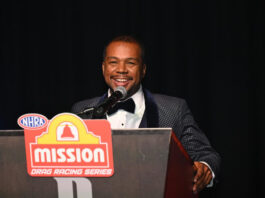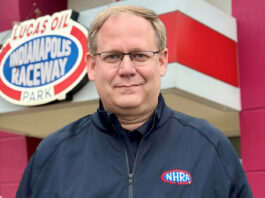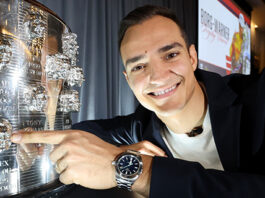
It doesn’t seem like that long ago where suspense was the name of the game in terms of the Daytona 500. Looking back at the 1998 Daytona 500 where Dale Earnhardt was leading late in the going, the CBS booth’s tense commentary as the laps wound down was nothing short of memorable as the fans were on the edge of their seats watching Earnhardt, Bobby Labonte, Jeremy Mayfield, and Rusty Wallace all slice and dice for position while trying to oust that black No. 3. Anyone who watched the race can close their eyes and hear the near shout of the announcers as the No. 24 of Jeff Gordon fell off the pace with three laps left due to engine issues.
That race was just one example of many, including the 2004 Daytona 500 finish, the 1993 Daytona 500 finish, or for that matter even the 1984 Daytona 500 finish. The suspense during the finishes of these races was a real, palpable thing with fans and peers on the edge of their seat.
These days, it’s all about carnage in the Daytona 500. Mayhem, anarchy, madness, destruction; these are all adequate words to describe what to expect in the Monster Energy NASCAR Cup Series season opener. Instead of waiting breathlessly for some gonzo pass for the lead, the question is now, “Who’ll wreck next? How big will the wreck be? How banged up will the winning car look like? Will Lionel make a raced version of the diecast?”
It’s hard to be angry when this is considered today’s normal standard. But look at Sunday’s 500; the amount of unscathed cars could be counted on one hand. Jimmie Johnson scored a ninth-place finish without a rear bumper, a left-rear fender, or a left-front fender. Seventh-place finisher Kyle Larson seemed to be involved in almost every accident late in the going.
For that matter look at the 2018 500. Sure, the eight cautions weren’t as bad as the 12 cautions on Sunday, but at least 17 cars were banged up from one crash or another. In 2017, Kurt Busch’s winning ride barely had any paint on the right side of the car and looked to be made more of duct tape than anything.
But look at the 1994 500, which had four cautions for 23 laps. The 1998 500 only had three cautions for nine laps. The 1990 500 also had three cautions, but in that case that was for 15 laps. The 1984 edition had seven cautions for 39 laps, but in the end Cale Yarbrough was victorious in a long green flag run that saw him hold off Earnhardt. Once again, the focus wasn’t on mayhem, but rather another suspenseful finish.
Of course, NASCAR racing today is an entirely different product compared to what it was all those years ago. Pack racing, stage racing, a new breed of driver, all are ingredients into the sort of carnage we’re seeing in the 500 these days. The racing product is still excellent, with side-by-side action late in the race as the drivers still in contention do what the can to go to Victory Lane in the Great American Race. But there’s a lot more wrecks, a lot more red flags, and fewer cars out there are going home unscathed.
This is the new normal. It is no longer the era of legendary passes and clean green flag finishes. It’s now the era of keeping the fingers crossed, multiple NASCAR Overtime restarts, and lots of duct tape. The only thing still the same is that it is the Daytona 500, and drivers will do anything to win it, even if it means bringing home the steering wheel instead of the trophy.



